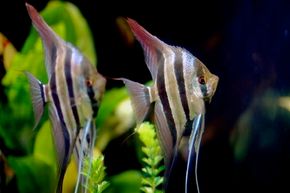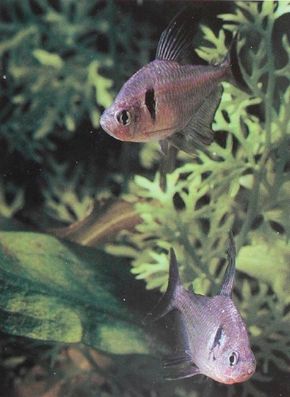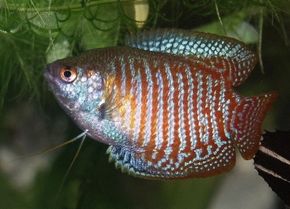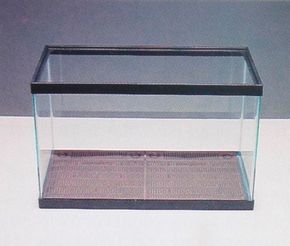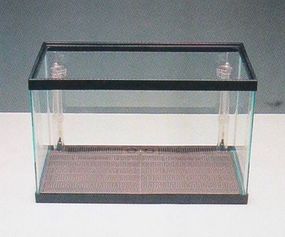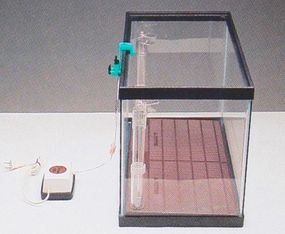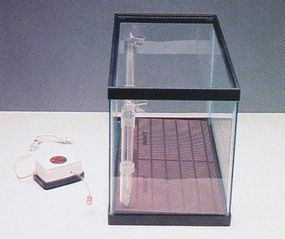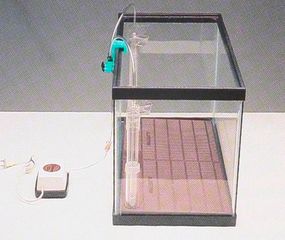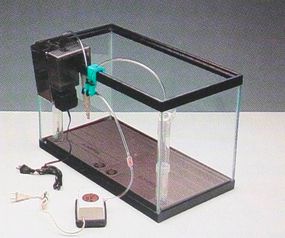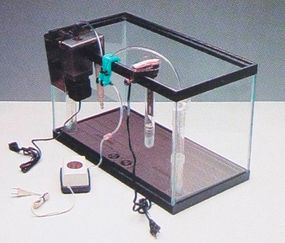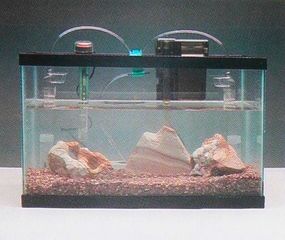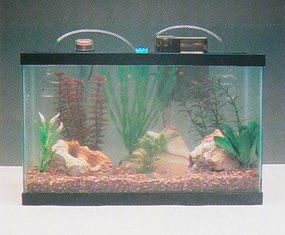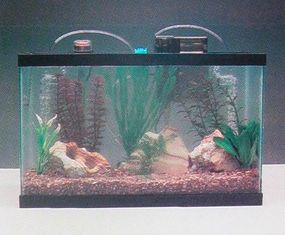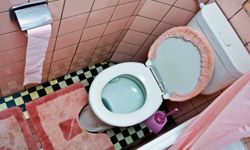Setting up your aquarium should be a relatively simple procedure. You should be able to get the whole system up and running in a couple of hours at the most, although you'll have to wait some time before you add the fish.
The most important thing for you to do before you begin is to be sure you're prepared. Know in detail what you want the aquarium to be like when you're done, and be sure you have all the equipment, space, and tools you'll need.
Advertisement
A new, brand-name tank will almost certainly not leak, but you may want to be absolutely sure about this before setting up the tank in its final location. Choose a dry area, cover it with newspapers, and place the tank on them. Very carefully fill the tank to the rim with cool water and wait for an hour or two. If the newspapers are wet, you know you have a problem with your tank.
If there are no leaks, empty the tank, wipe out the interior, and place it on the aquarium stand in its permanent location. If you like, you can apply a background material to the back of the tank. This is optional, but many fish feel more secure if the back and sides are covered. Once this is done, you are ready to install the filtration system.
The undergravel filter plate should be rinsed thoroughly and then placed in the tank. If the plate does not fit the bottom exactly, place it so that it is up against the back of the tank and centered.
The lift tubes can be installed next. Because the tubes are designed to fit the tallest tanks, you may need to cut them to fit your particular aquarium. If so, cut the tubes so that the tops will be just below the surface of the water when the tank is filled.
Next, you must hook up all of the air line tubing to the undergravel filter and any air stones. Connect a length of tubing to the air pump.
If you are using a check valve to ensure that no water can flow into the air pump, make sure it is facing the correct direction. There is often an arrow on the body of the valve indicating this. You can also test the valve by blowing into either end to determine which way it allows air to flow.
Cut lengths of air tubing to go from the check valve to the gang valve or directly to the air line stems at the top of the undergravel lift tubes. Even if your air pump has two outlets and you are only using two lift tube air stones, a gang valve offers better control of the air flow to each piece of equipment.
When using a gang valve, the lines going to it from the air pump are connected at the side of the valve, and the lines going from the gang valve to the tank are connected at the top of the valve.
Be sure that there is a small amount of slack in the air tubing to avoid kinking the lines and blocking the flow of air. The air line going to the lift tubes or to any air stones in the tank should run through the appropriate openings in the back of the tank hood.
If you are using powerheads instead of an air pump to create water flow through the lift tubes, the lift tube should go into the opening in the plate that is one over from the corner opening. In this situation, the lift tubes can't go in the corner openings because powerheads won't fit into the corners of the tank after the hood is installed.
All other openings in the undergravel filter should be closed with the caps provided with the filter. For undergravel filters with just one plate, only one powerhead is usually necessary.
Learn more about aquarium setup on the next page.
To learn more about freshwater aquariums, see:
Advertisement
